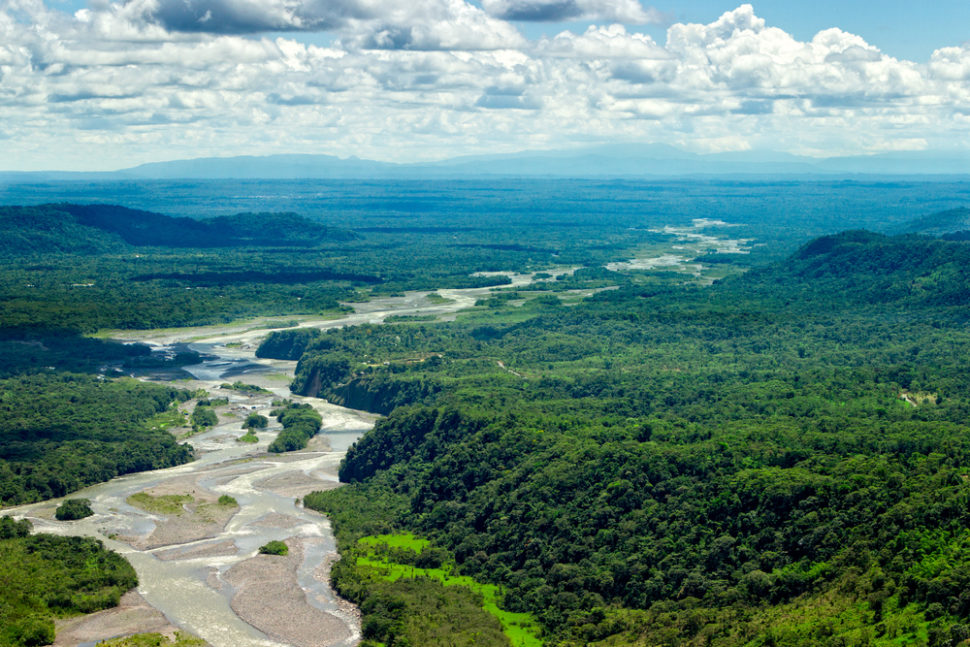A recently published study in the journal Science revealed that planting billions of trees could foil climate change.
Researchers from ETH Zurich‘s Crowther Lab in Switzerland reported that covering an area about the size of the United States with trees is needed to eliminate two-thirds of all carbon emissions currently present in the atmosphere.
Prof. Thomas Crowther, a co-author of the study and founder of the Crowther Lab, said in a statement:
“We all knew that restoring forests could play a part in tackling climate change, but we didn’t really know how big the impact would be. Our study shows clearly that forest restoration is the best climate change solution available today. But we must act quickly, as new forests will take decades to mature and achieve their full potential as a source of natural carbon storage.”
Aside from determining the number of trees needed to reverse the effects of climate change and how much human-made carbon they could store, the Swiss team’s study also identified the best spots in the world for reforestation.
Where to Plant Billions of Trees?
According to the Crowther Lab researchers, Earth has 4.4 billion hectares of land that could support billions of trees. However, only 2.8 billion hectares are considered as forested. Out of the remaining 1.6 billion hectares, around 0.9 hectares are not being utilized by humans.
Meaning, an area about the size of the U.S. could be used for tree restoration. François Bastin, the lead author of the study, explained:
“One aspect was of particular importance to us as we did the calculations: we excluded cities or agricultural areas from the total restoration potential as these areas are needed for human life.”
In their study, the researchers were able to determine the six countries best suited for reforestation.
The list includes Russia with 151 million hectares of land to spare; the United States with 103 million hectares; Canada with 78.4 million hectares; followed by Australia, Brazil, and China with 58 million, 49.7 million, and 40.2 million hectares of lands to spare respectively.
Prof. Crowther said that if we act now, we could reduce the amount of carbon dioxide in the atmosphere by up to 25 percent. He added:
“However, it will take decades for new forests to mature and achieve this potential. It is vitally important that we protect the forests that exist today, pursue other climate solutions, and continue to phase out fossil fuels from our economies in order to avoid dangerous climate change.”
The researchers claim that their new study provides a benchmark for a global action plan that tells where in the world could billions of trees be grown.
“Action is urgent, and governments must now factor this into their national strategies to tackle climate change,” Bastin said.



















Comments (0)
Most Recent